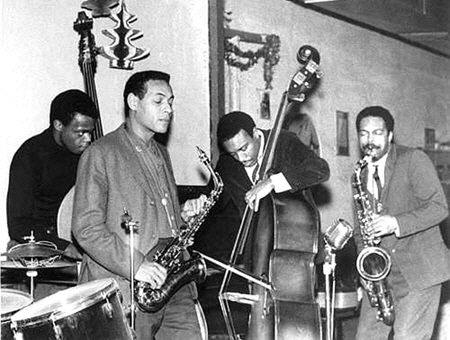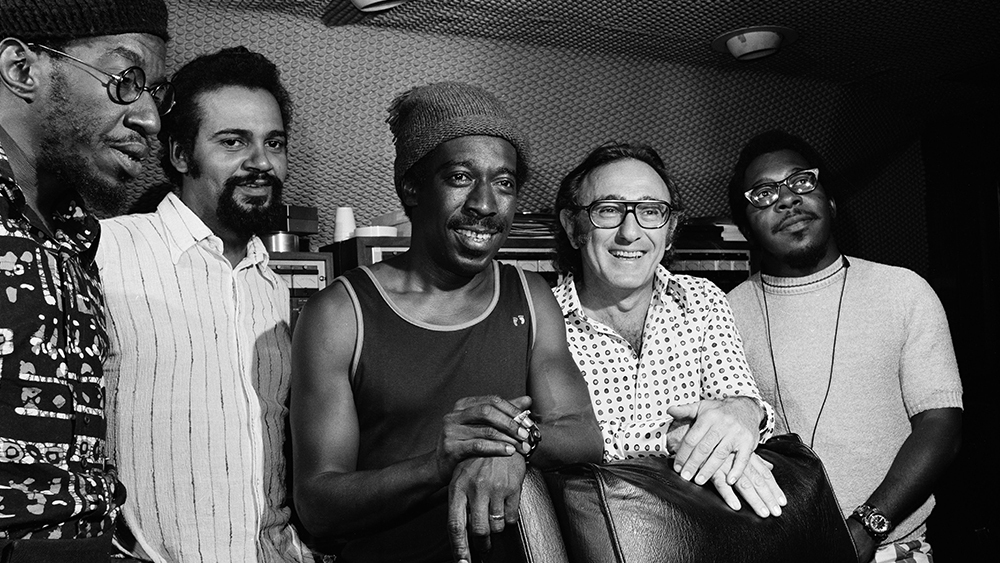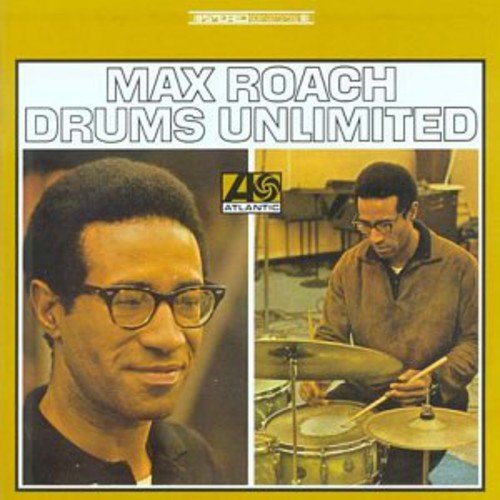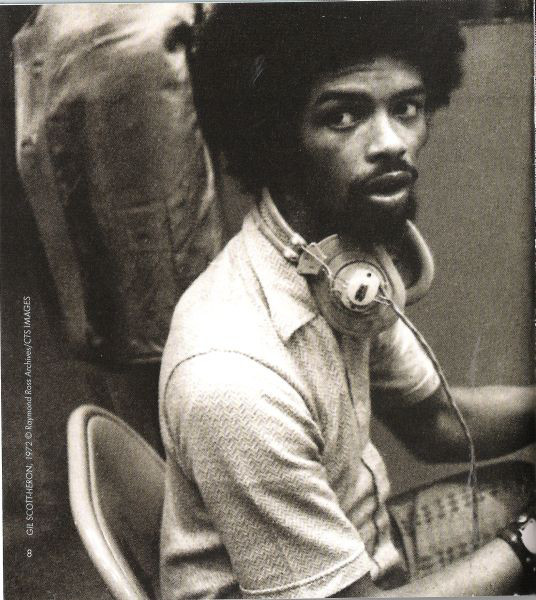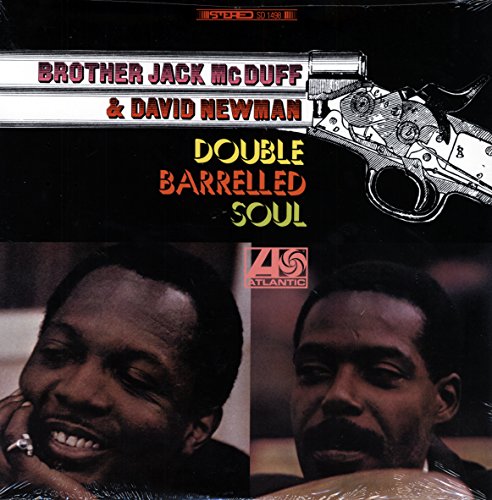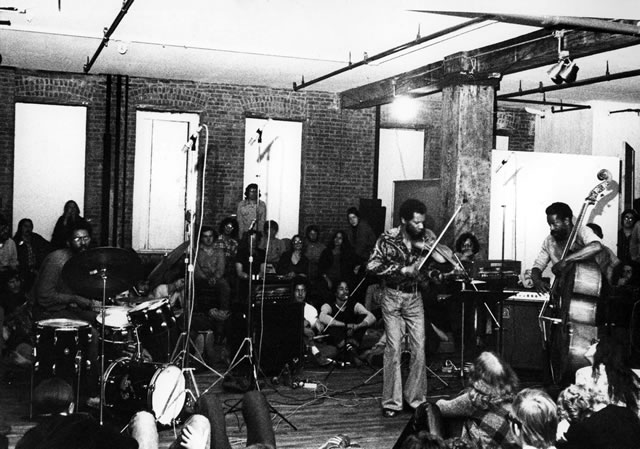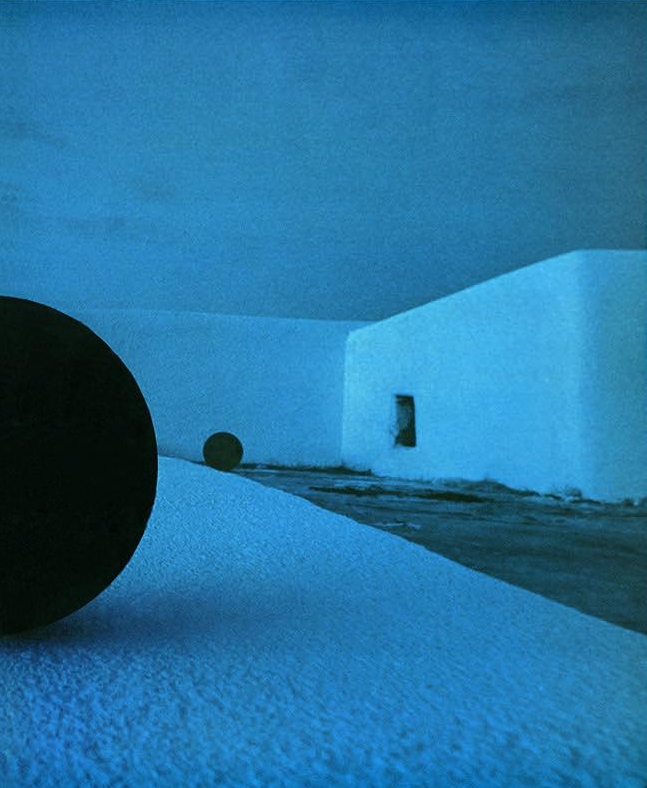The Photography of Raymond Ross

The Photography of Raymond Ross, or Adventures with Admiral Analog’s Audio Assortment, Part 8 of 8
At first glance, the cover of Rashaan Roland Kirk’s greatest hits album isn’t the most amazing piece of design. But it allows us a chance to talk about a great jazz photographer: Raymond Ross.
The Best of Rahsaan Roland Kirk, Atlantic Records, 1971
The Music
Rahsaan Roland Kirk was an incredible person in many ways. He was blind from about the age of two but that didn’t stop him from becoming an incredible jazz musician. He was regarded by many in the music scene as one of the best students of jazz history, constantly sourcing inspiration from different eras of the genre, as well as pulling in sounds from pop and classical music. Onstage, Kirk would often play multiple horns at once or hold notes longer than most people could even dream of. And dreams themselves were important in his life, often guiding him in the titling of his works and yes, even his own name (he was originally born Ronald Theodore Kirk).
Kirk was always tinkering not only with his music but his instruments as well, either modifying existing pieces or creating totally original hardware to play. This proved incredibly useful during the last two years of his life, when a stroke paralyzed part of his body and forced him to modify horns so that he could still play them. Kirk died suddenly from a final stroke in 1977 and the “Best Of’ album above appeared two years later. Far from a comprehensive survey, the album is mostly composed of stellar selections from a few well known albums such as Volunteered Slavery (1969), The Inflated Tear (1967), and Here Comes the Whistleman (1965).
The Photographer
Raymond Ross was very close to his mother growing up, and when she passed away unexpectedly in the 1930’s, he turned to photography to fill the void so to speak. Eventually Ross moved to the downtown section of his native Manhattan in the 1950s and completely immersed himself in the local jazz scene. He was a regular at clubs like Slugs and The Five Spot. His skills and reputation eventually earned him the trust of many producers, who allowed him to be present at recording sessions which in turned has given us valuable perspectives of legendary jazz artists in the midst of creating some of their most memorable albums. And, of course, some of those albums also featured Ross’ photography on the cover and liner notes (such as our featured album here, The Best of Rahsaan Roland Kirk).
To be sure, Ross photographed a number of artists from the worlds of rock-n-roll and pop (including Jethro Tull and Sly Stone), but he never lost his love for jazz through all of its developments over the course of the 20th century. While many of his best, and most intimate, shots have been preserved in archives and appeared in books like Herbie Hancock’s autobiography Possibilities, to date there is no book devoted to his jazz photographs. Raymond Ross died in 2006 and though his contribution to the world of jazz is firmly cemented, it seems that a manuscript documenting his career is the one thing left to do…
Enjoy a sampling of Ross’ work below.

